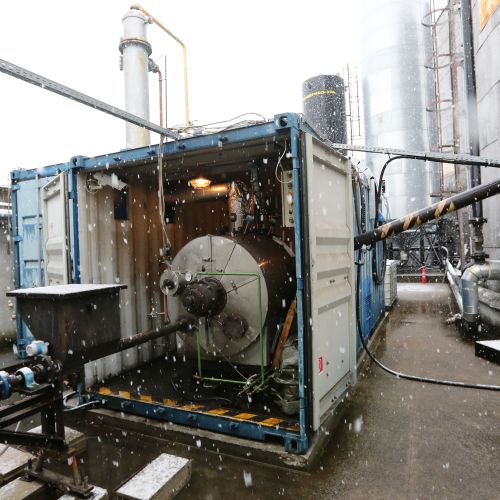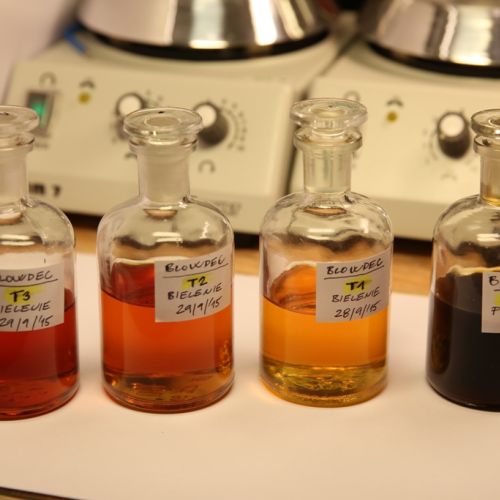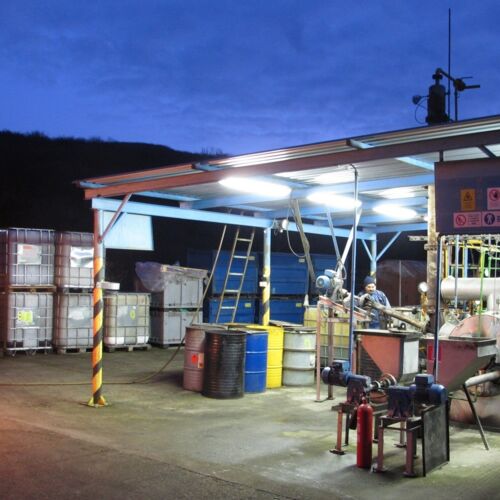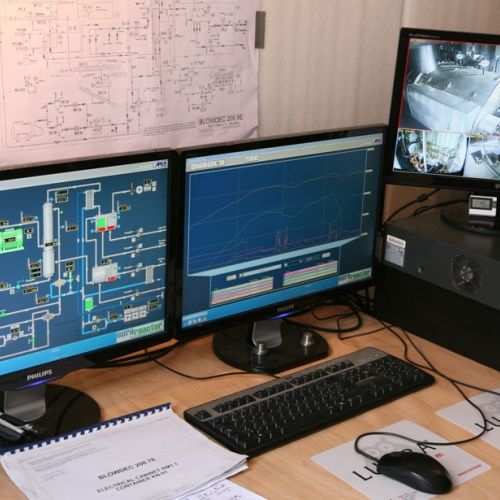- 28. March 2024
- /
- 2.5 minutes of reading
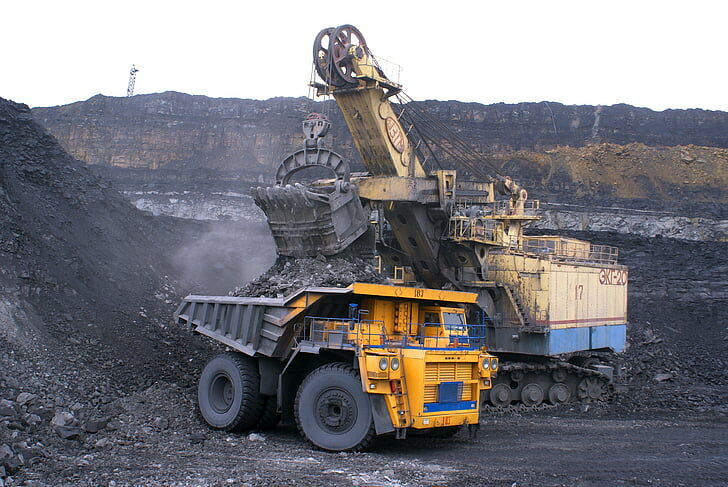
Surface mining techniques used in the oil sands, particularly in Alberta, Canada, typically involve two main methods: open-pit mining and in-situ extraction. Both methods are employed to extract bitumen from the oil sands deposits, which are a mixture of sand, clay, water, and bitumen.
Open-Pit Mining (Strip Mining):
-
- Large Scale Excavation: This method involves the use of heavy machinery such as bucket-wheel excavators, draglines, and trucks to remove the overburden (layers of soil, clay, and sand) covering the oil sands deposits.
- Bitumen Extraction: Once the overburden is removed, the exposed oil sands are mined using shovels or hydraulic excavators and then transported to processing facilities where bitumen is separated from the sand and clay.
In-Situ Extraction:
-
- Steam-Assisted Gravity Drainage (SAGD): In this method, pairs of horizontal wells are drilled into the oil sands deposit. Steam is injected into the upper well to heat the bitumen, reducing its viscosity and allowing it to flow by gravity into the lower well, from where it is pumped to the surface.
- Cyclic Steam Stimulation (CSS): Similar to SAGD, but in CSS, steam is injected into the well for a period to heat the bitumen, then the well is allowed to soak, and finally, the bitumen is pumped to the surface.
- Vapour Extraction (VAPEX): This method involves injecting solvent vapour into the oil sands deposit to dilute the bitumen, making it flowable enough to be extracted through a production well.
These surface mining techniques are used depending on factors such as the depth of the oil sands deposit, its geological characteristics, environmental considerations, and economic feasibility.
Oil sand mining can be economically viable under certain conditions, depending on various factors including oil prices, production costs, technological advancements, and environmental regulations.
- Oil Prices: Oil sands mining becomes more economically viable when crude oil prices are high. Higher oil prices make it financially feasible to invest in the extraction and processing of bitumen from oil sands.
- Production Costs: The cost of extracting and processing bitumen from oil sands can be relatively high compared to conventional oil drilling methods. Factors influencing production costs include the depth of the deposit, the method of extraction (open-pit mining or in-situ extraction), energy costs, labor costs, and environmental compliance costs.
- Technological Advancements: Advances in mining and extraction technologies can reduce production costs and improve efficiency, making oil sand mining more economically viable. Innovations such as steam-assisted gravity drainage (SAGD) and solvent-based extraction methods have improved the economics of in-situ extraction.
- Environmental Regulations: Environmental regulations and policies can affect the economics of oil sand mining by imposing additional costs for environmental mitigation measures, emissions reductions, land reclamation, and water management. Compliance with these regulations can increase operational expenses and capital investments.
- Market Demand: Market demand for crude oil and petroleum products influences the economic viability of oil sand mining. Fluctuations in global oil demand and supply, geopolitical factors, and competition from other sources of oil supply can impact the profitability of oil sands projects.
Overall, while oil sand mining can be economically viable under favourable market conditions and with technological advancements, it is subject to various factors that influence its profitability. Long-term planning, cost optimisation, and adherence to environmental regulations are essential considerations for assessing the economic viability of oil sand mining projects.

